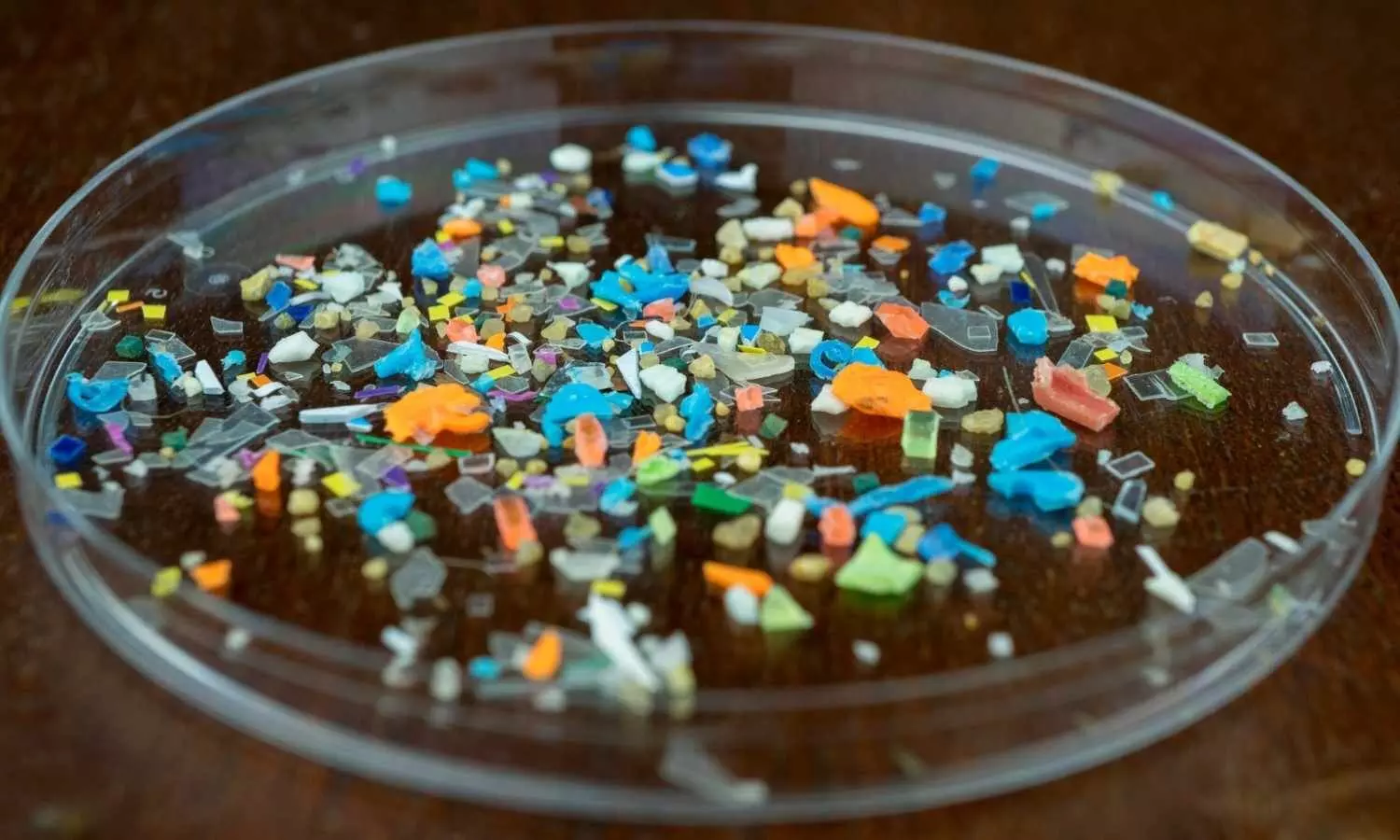Study Reveals High Microplastic Levels in Preterm Placentae, Sparking Concerns for Infant Health

New Delhi: In a recent study, researchers have discovered alarming levels of microplastics and nanoplastics in the placentae of preterm infants. The study, led by a team from Baylor College of Medicine, Texas Children’s Hospital, and the University of New Mexico, found that the concentration of these tiny plastic particles was significantly higher in the placentas of babies born prematurely than in those born at term.
Microplastics, which are less than 5 millimeters in size, and nanoplastics, measured in billionths of a meter, are invisible to the naked eye and have become ubiquitous in the environment. Previous research has highlighted the harmful effects of plastics on both the environment and human health, but this study brings new focus to their impact on fetal development.
The researchers found that the levels of microplastics and nanoplastics in preterm placentae were notably higher than those previously detected in human blood, suggesting that plastics are accumulating in the placenta during pregnancy. These findings also raise concerns that greater exposure to plastics during pregnancy could contribute to the risk of preterm birth.
“The finding of higher placental concentrations among preterm births was surprising because it was counterintuitive to what you might expect if it was merely a byproduct of the length of time of the pregnancy,” said lead author Enrico R. Barrozo, Assistant Professor in the Department of Obstetrics and Gynaecology at Baylor College of Medicine and Texas Children’s Hospital in Houston.
The team’s research showed that babies born prematurely carried significantly more microplastics and nanoplastics in their placentas compared to those born at term. “This hints at the possibility that the accumulation of plastics could be contributing to the risk and occurrence of preterm birth,” the researchers said in the study abstract, which was published in the journal Pregnancy.
Using highly sensitive mass spectrometry, the team analysed 175 placentae, comparing 100 term placentae with 75 preterm placentae (less than 37 weeks of pregnancy). The results of this study add to the growing body of evidence linking microplastics and nanoplastics to various health risks, including heart disease and stroke. It further underscores the potential danger posed by plastic exposure on human health and fetal development.
The findings will be presented at the ongoing Society for Maternal-Fetal Medicine’s (SMFM) annual meeting in Colorado, US.


